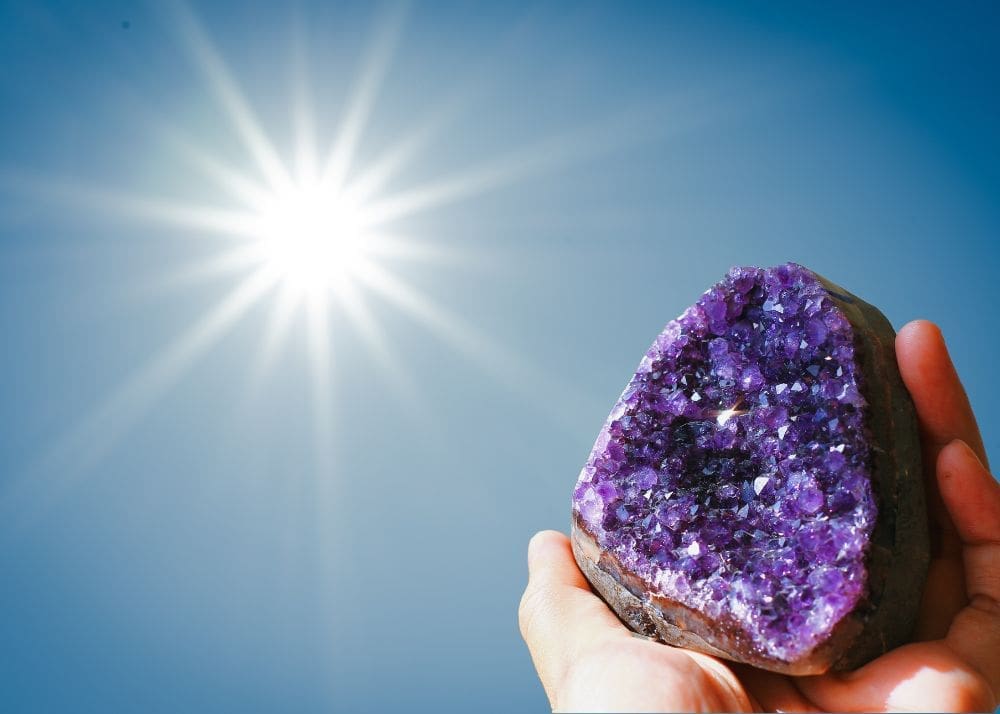Safeguarding Photosensitive Minerals: Strategies and Expert Insights
Introduction to Mineral Photosensitivity
The question “Can light damage minerals?” may intrigue collectors and geology enthusiasts. The truth is, some minerals are indeed sensitive to light, leading to changes in appearance and structure. This article provides an in-depth look at photosensitive minerals and offers advice on preserving these delicate natural treasures.
Mineral Vulnerability to Light
Minerals, much like living organisms, interact with their environment. For photosensitive minerals, exposure to light can be damaging. This can manifest as discoloration, a decrease in luster, or a complete alteration in form. It’s essential to understand which minerals are affected and how to protect them.
Spotlight on Silver Minerals
Silver-containing minerals are particularly prone to light-induced changes. For instance, silver halides—key to the development of photographic film—can degrade and darken over time. Collectors and museums must prioritize their preservation to prevent deterioration.
The Diverse Responses of Minerals to Light
Beyond silver minerals, many others exhibit photosensitivity. Each type reacts differently; some tarnish while others may decompose entirely, as seen in the case of realgar turning into arsenic compounds.
Conservation Techniques for Photosensitive Minerals
Protecting these photosensitive minerals from light is crucial. By employing UV-filtering displays and controlled lighting, collectors can significantly extend the life and beauty of their mineral specimens.
A Reference Table for Photosensitive Mineral Care
To aid collectors in caring for their specimens, the following relational table provides a clear guide to the reactions of various minerals to light and oxygen:
| Mineral Name | Type | Reaction to Light and Oxygen |
|---|---|---|
| Cerargyrite | Silver halide mineral | Decomposes and loses luster |
| Bromyrite | Silver bromide mineral | Decomposes with light exposure |
| Embolite | Chloro-bromo silver halide | Sensitive to light, can darken or decompose |
| Argentite | Silver sulfide | Tarnishes to black in light and air |
| Chalcocite | Copper(I) sulfide | Tarnishes to black or blue |
| Cinnabar | Mercury(II) sulfide | Can darken with prolonged exposure to light |
| Crocoite | Lead(II) chromate | Color can fade to orange or brown |
| Cuprite | Copper(I) oxide | Darkens to red or black |
| Proustite | Silver arsenic sulfide | Can fade when exposed to strong light |
| Pyrargyrite | Silver antimony sulfide | Darkens upon light exposure |
| Realgar | Arsenic sulfide | Disintegrates into powder form, yellow orpiment and arsenic trioxide |
| Stibnite | Antimony sulfide | Can alter to white antimony oxide |
| Amethyst | Quartz variety | Color can fade in prolonged sunlight |
| Fluorite | Calcium fluoride | Color can fade with prolonged exposure to sunlight |
Conclusion and Collector Resources
The intricacies of photosensitive mineral preservation are as diverse as the minerals themselves. For enthusiasts eager to explore or enhance their collection, MiamiMiningCo.com offers a variety of gem mining buckets and mineral specimens. Thoughtfully placed ads for these products, interspersed within the article or at its conclusion, can guide readers to their next treasured find.

